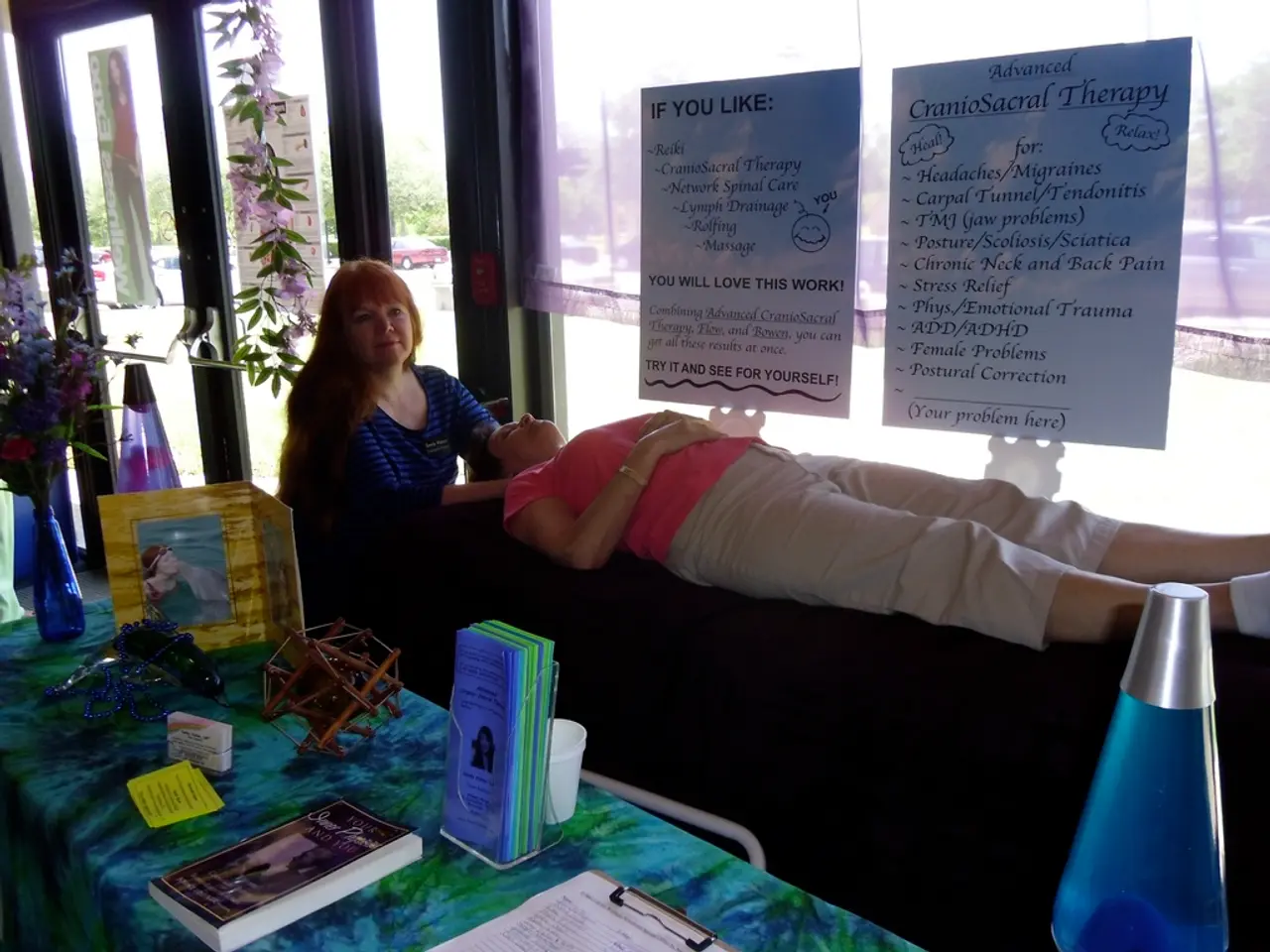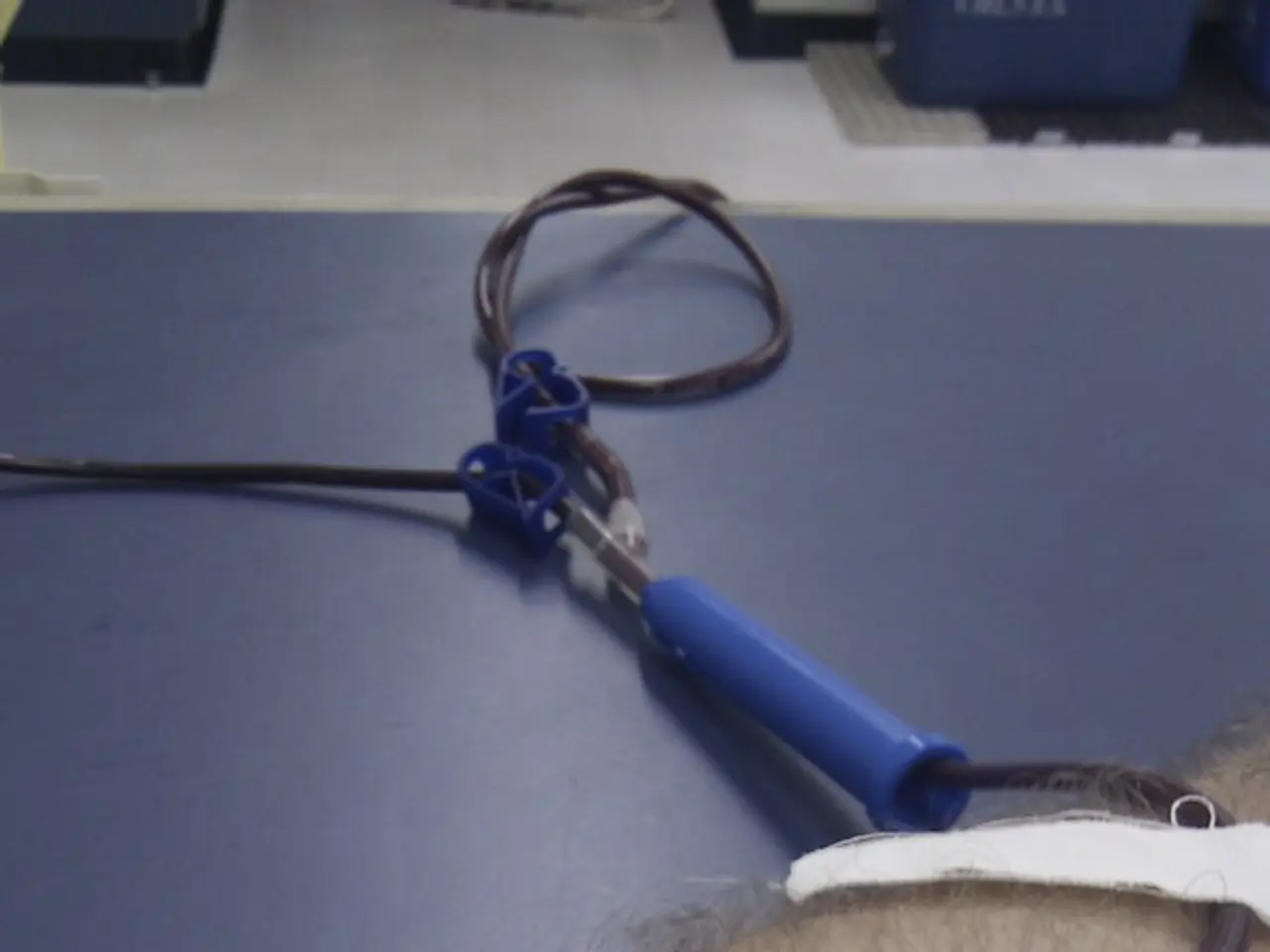Telltale Indicators of Persistent Negativity in Your Circle: Strategies to Identify and Manage Them Effectively
Trauma, whether physical or emotional, can have a profound and lasting impact on an individual's life, affecting their mental and emotional well-being, as well as their self-esteem. Survivors often struggle with negative self-concepts and beliefs, self-blame, shame, and diminished self-worth. These feelings can persist, disrupting their sense of identity and making it difficult to trust others or form secure relationships.
Fortunately, there are several effective therapies designed to help trauma survivors rebuild their self-esteem. These include Trauma-focused Cognitive Behavioral Therapy (TF-CBT), Eye Movement Desensitization and Reprocessing (EMDR), Dialectical Behavior Therapy (DBT), Psychodynamic Therapy, and Somatic Experiencing.
TF-CBT helps survivors challenge negative self-talk and reframe maladaptive beliefs related to shame and self-blame. EMDR facilitates the processing of traumatic memories, reducing emotional distress and improving self-concept. DBT is useful for managing intense emotions and fostering self-compassion, which counters shame and self-criticism. Psychodynamic Therapy explores unconscious patterns related to trauma and self-worth, aiding in healing deep-seated shame. Somatic Experiencing addresses trauma's impact on the body to restore emotional regulation and self-soothing capacity.
In addition to these therapies, cultivating self-compassion, establishing a safe physical and emotional environment, and addressing shame explicitly in therapy are crucial for rebuilding self-esteem. Self-compassion involves developing kindness and acceptance towards oneself, which reduces shame and promotes healing. A safe environment can be created by setting firm boundaries and joining supportive communities, helping survivors regain a sense of security and self-worth. Shame must be addressed directly in therapy by identifying and challenging its sources and triggers.
Practicing self-care, building supportive relationships, and engaging in positive activities also contribute to improved self-esteem. By taking care of one's physical and emotional needs, forming connections with others, and participating in enjoyable activities, survivors can begin to rebuild their confidence and self-worth.
It's important to remember that the impact of trauma on everyday life is long-lasting, and individuals need to seek support and treatment to manage symptoms and improve their quality of life. Whether it's through therapy, self-care practices, or building supportive relationships, there are numerous ways for trauma survivors to rebuild their self-esteem and live fulfilling lives.
[1] Briere, J., & Scott, C. (2011). Treating Complex Trauma: A Sequenced, Relationship-Based Approach. Guilford Publications.
[2] van der Kolk, B. A. (2014). The Body Keeps the Score: Brain, Mind, and Body in the Healing of Trauma. Viking.
[3] Herman, J. L. (1992). Trauma and Recovery: The Aftermath of Violence—From Domestic Abuse to Political Terror. Basic Books.
[4] Courtois, C. A., & Ford, J. D. (2015). Healing the Incest Wound: Adult Survivors in Therapy. Routledge.
- To aid in the healing of trauma-induced self-esteem issues, individuals can incorporate self-compassion, a practice that encourages kindness and acceptance towards oneself – a method often emphasized in various literature, such as Briere & Scott's 'Treating Complex Trauma' and Herman's 'Trauma and Recovery.'
- In addition to therapeutic approaches like Trauma-focused Cognitive Behavioral Therapy and Somatic Experiencing, fostering a safe and supportive environment both physically and emotionally plays a significant role in rebuilding self-esteem, as outlined in the works of van der Kolk's 'The Body Keeps the Score' and Courtois & Ford's 'Healing the Incest Wound.'
- Enhancing mental health and self-esteem through self-improvement practices involves addressing shame, establishing connections, and engaging in positive activities, as supported by evidence-based therapies like cognitive-behavioral and mindfulness-based interventions, as well as by the recommendations of science and health-and-wellness experts like van der Kolk and Herman.




